When loitering around in Connaught Place or navigating traffic on Barakhamba Road, it is difficult imagine that barely 5-minutes away, hidden amongst trees, lies the magnificent stone structure of Agrasen ki baoli. The 14th-century step well was restored by the Archaeological Survey of India in the year 2002. Now the Baoli is clean and well-maintained.
We visited Agrasen ki Baoli on a humid Sunday afternoon and were expecting to find a more or less abandoned structure with may be a couple of people loitering about here and there. But we were in for a surprise. The baoli was buzzing with well-dressed, pouting, selfie-clicking youngsters. They were there in such large numbers that it was difficult to capture even a single shot without people in it. This was heartening.
I don't know whether this popularity is because the Baoli was recently featured in the popular Bollywood film PK or because the Baoli is clean, litter-free and situated barely a kilometre away from the heart of the city. It may be all of these, but it is wonderful to see the hard work of the ASI bearing fruit.
Usually when we head out to explore the city, we make sure that we carry a DSLR and all the required lenses, but this time we had decided to do something different. The impact of camera phones on the photography ecosystem is the hot topic for debate nowadays, and we decided to settle it with a practical. So this time instead of a DSLR, we were carrying a smartphone - Honor 5c to be precise.
All the pictures that you are seeing in this post have been clicked using Honor 5c. Based on the results, we can comfortably say that for everyday non-professional use, a smartphone, if used well, can suffice. One would of course need to study all the capabilities and features of the particular smartphone camera in details to be able to use them in appropriate situations.
Coming back to this Baoli in Delhi, we captured the structure, the pigeons peeping out of the gaps in the walls, the contrast between the modern skyscrapers of CP and the medieval architecture of the Baoli, the people exploring the structure and a lot more. The baoli is situated in one of the lanes branching out of the very pretty Hailey road, and this lane is dotted with some very interesting grafitti. We captured some of that too.
If you haven't yet seen Agrasen ki Baoli, we recommend that you should. But make sure that the day is pleasant and you have time on your hands, because there is a lot to take in at the Baoli and in the surroundings.
If you liked this post and found it helpful, I would request you to follow these things when traveling -
- Manage your waste well and don’t litter
- Use dustbins. Tell us if you went to a place and found it hard to locate a dustbin.
- Avoid bottle waters in hills. Usually you get clean water in hills and water bottles create lot of mess in our ecosystem.
- Say big no to plastic and avoid those unhealthy snacks packed in plastic bags. Rather buy fruits.
- Don't play loud blaring music in forests of jungle camps. You are a guest in that ecosystem and disturbing the locals (humans and animals) is not polite

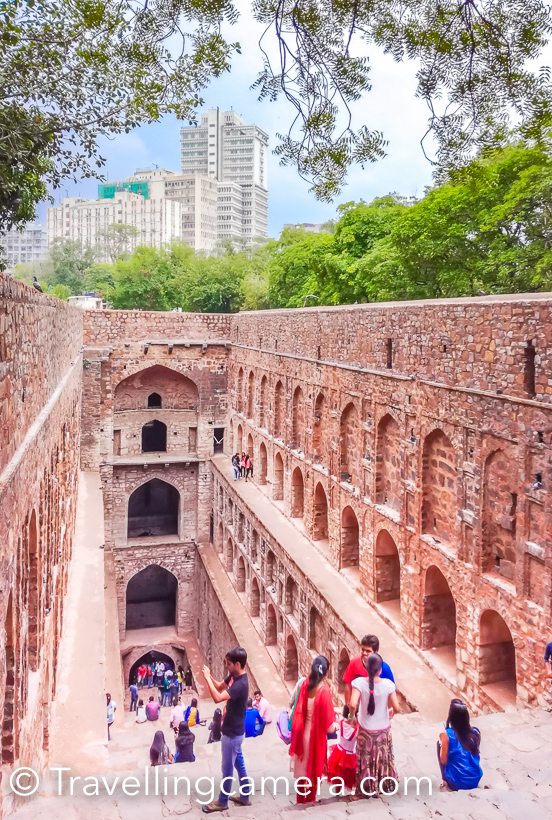
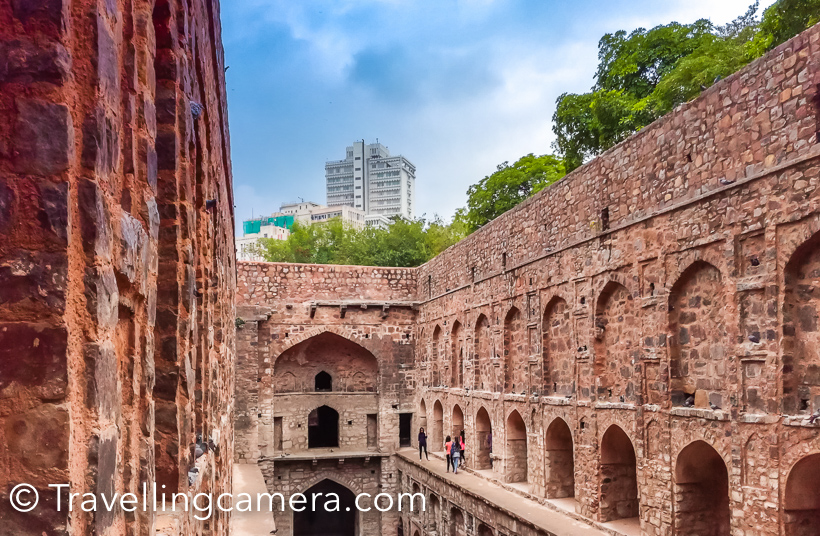
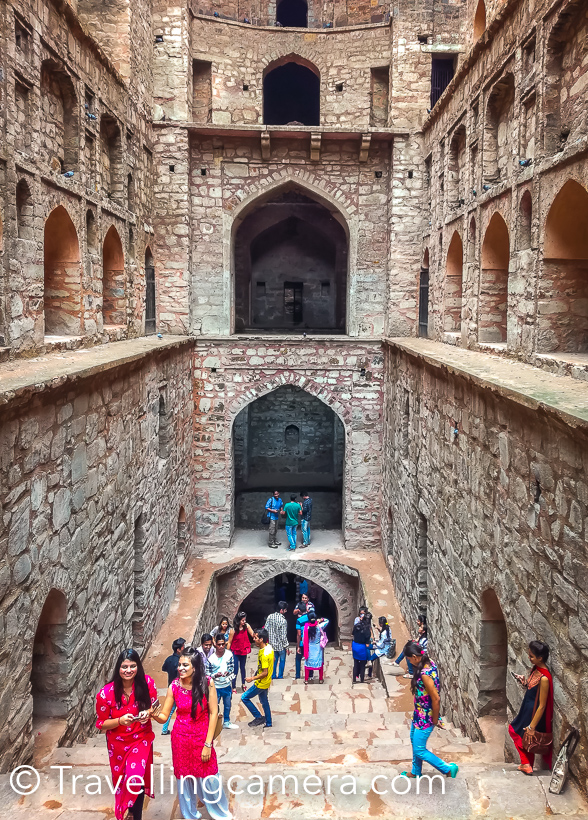



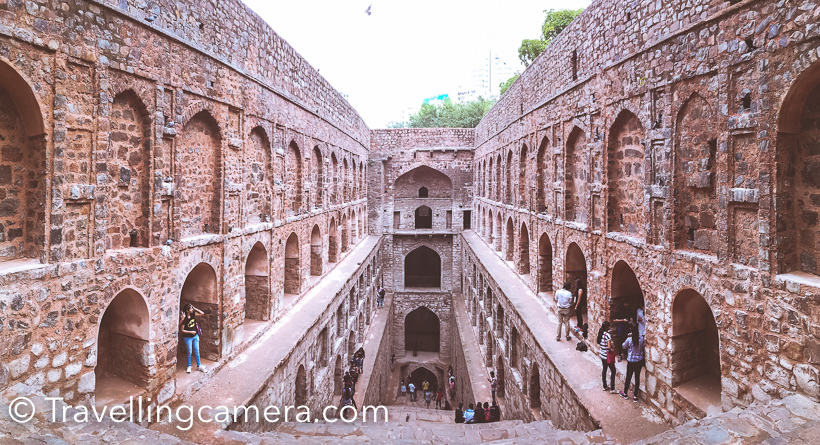
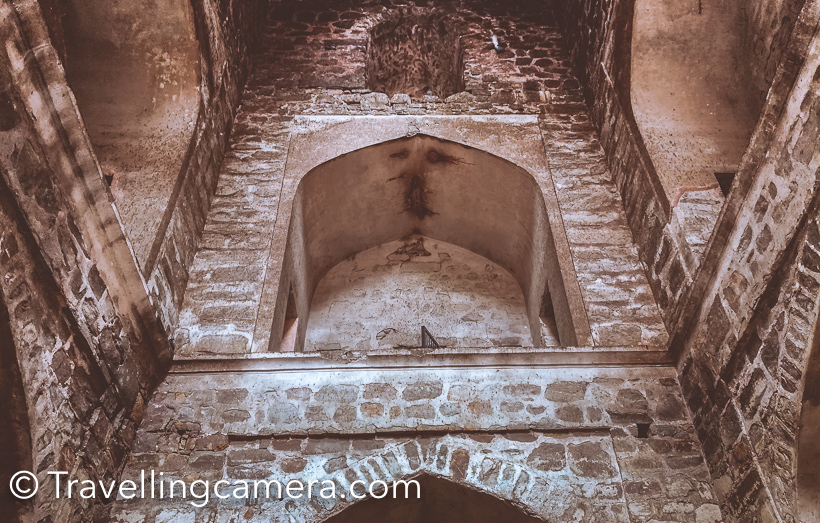
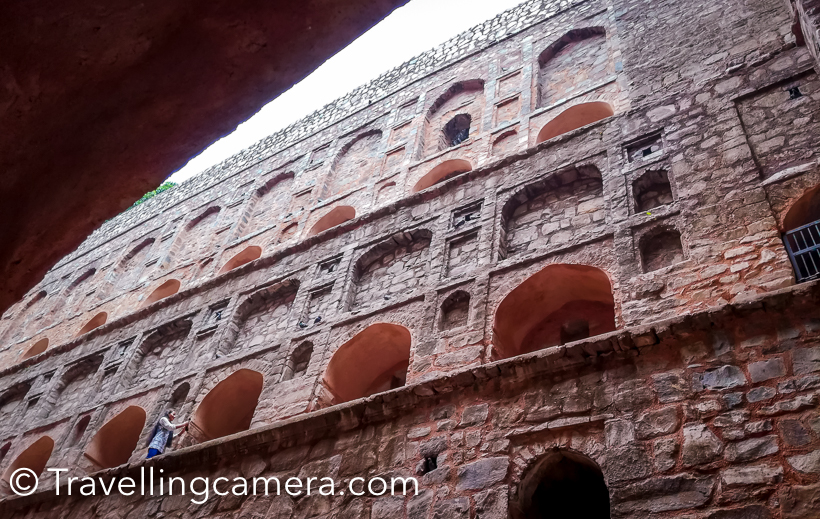





.jpg)
Comments
@Desi - I will consider it as a compliment for me :) and it means a lot !